Picture this: You’re running late for dinner at a friend’s house in a gated community. You pull up to the gate, and you are the 8th car in line, so you wait… and wait… as each person fumbles with the call box to get through. When it’s finally your turn, you have to roll down your window to type on the keypad, letting the pouring rain into your car. Sound familiar?
Call boxes have been the go-to access control solution for gated communities, apartment buildings, and commercial properties for decades. But here’s the thing, just because something has “always been done this way” doesn’t mean it’s the best way. Many communities are discovering that traditional call box systems create more headaches than they solve, and they’re making the switch to smartphone-based alternatives that eliminate the wait, the weather exposure, and the frustration.
Let’s dive into how these communication devices actually work and explore why property managers and residents alike are ready for something better.
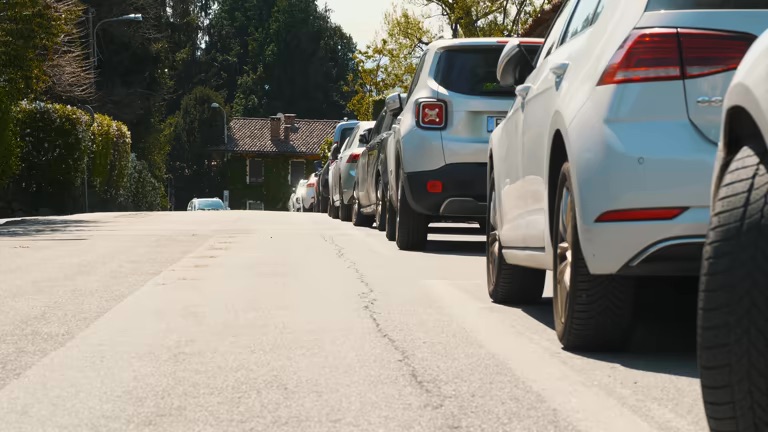
What Is a Call Box and How Does It Work?
A call box is essentially a communication device that connects visitors to residents or staff members. Think of it as a payphone with a directory.
Basic call box components include:
- Numeric keypad for dialing apartment numbers and entering codes
- Speaker and microphone system for two-way communication
- Stainless steel housing unit designed to withstand weather conditions
- Directory system (either physical or digital) listing residents
Here’s how the traditional process works: A visitor pulls up to the gate, scrolls through a directory to find the resident’s apartment number, dials it using the keypad, and waits for the resident to answer. If the resident is available, they can grant access by pressing 9 on their phone, which sends a signal to open the gate remotely.
These systems are commonly installed at apartment buildings, residential buildings, parking lots, gated communities, and commercial buildings where access control is needed.
The Evolution from Basic to Smart Call Box Systems
Call boxes haven’t changed much over the decades. Early systems were simple. They connected visitors directly to residents’ landlines through a basic phone call connection. For years, making any changes to the directory meant sending a technician to manually program the system using archaic keypad commands.
The first major upgrade came when companies added the ability to connect a computer directly at the gate for easier programming. Then came remote access capabilities over phone lines, followed by web browser-based management systems that property managers could access from anywhere.
One of the biggest shifts happened when phone companies started phasing out landlines. Suddenly, communities with traditional call box systems had to adapt or lose connectivity entirely. This pushed many systems toward internet phone lines or cellular connections, opening up wireless communication options for remote locations where running phone lines wasn’t practical.
Recent call box innovations include:
- Video intercom capabilities so residents can see visitors
- Smartphone app integration that connects to residents’ cell phones
- Cloud-based platform management accessible via web browsers
- Internet-connected call box options that replace traditional phone lines
- Cellular connections as alternatives to landline-dependent systems
While these features sound convenient, they often create new problems, like requiring every resident and vistor to download and manage another app.
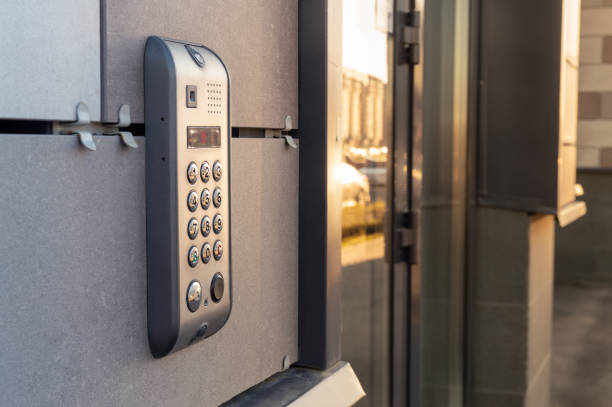
Common Pain Points with Traditional Call Boxes
Even with modern upgrades, call box systems create significant headaches for everyone involved. Let’s be honest about what actually happens when you use one.
First, there are the technical issues. Power outages knock systems offline. Mechanical breakdowns happen frequently, especially with outdoor units exposed to weather. Radio frequency interference can disrupt wireless communication, and poor audio quality makes conversations difficult.
The user experience problems are even worse. Visitors have to pull their cars right up to the call box, often scraping mirrors or tires on curbs in the process. You’re stuck in close quarters, completely exposed to rain, snow, or extreme heat while you wait. The numeric keypads are confusing, and directory searches take forever when you’re dealing with large communities or apartment buildings.
For property managers, call boxes represent ongoing maintenance costs and outdated technology that’s expensive to upgrade. Installation costs can easily exceed $5,000, and that’s before you factor in ongoing repairs and updates.
But here’s the real problem: lines. You could be the 7th car waiting at the gate! If each person takes two minutes to find the resident, make the call, and get buzzed in, you’re looking at a 14-minute wait. What happens if the resident doesn’t answer because they’re on a Zoom call or just don’t hear their phone? Now everyone behind you is stuck waiting while you figure out what to do.
And let’s talk about security, or the lack of it. Most communities end up sharing the same access codes among multiple guests. Over time, everyone knows the code, which defeats the purpose of having controlled access in the first place.
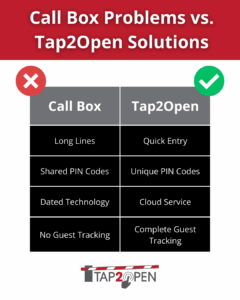
Why Communities Are Upgrading: The Tap2Open Advantage
We’re flipping the entire call box concept on its head. Instead of making guests wait in line to use outdated communication devices, Tap2Open enables one-tap access that takes just 5 seconds.
Typically, guests line up to use the callbox. Other vendors have introduced QR codes or passes to scan to speed things up. The problem with other systems is that a guest still must wait in line behind guests who are unexpected or don’t have a pass. So they still must wait in line until it is their turn.
Tap2Open enables a guest to open the gate simply by clicking on a link on their phone. Since they can actually open the gate, they can skip the line completely and go through the resident lane! This also eliminates long lines for everyone because it only takes each guest a few seconds to get through the gate.
Here’s how it works: The resident sends their guest an invite via text or email. When the guest arrives at the gate, they simply click the link in the invite and tap to open the gate. No call box. No phone calls. No codes. No app downloads. No waiting in line.
The system uses GPS validation to verify the guest is actually at the correct location, providing enhanced security without the hassle. Because it’s so fast, we’re talking 5 seconds instead of 2+ minutes, there’s never a line at the gate. The bottleneck that traditional call boxes create simply disappears. In addition, each invitation is time-restricted. So guests are only granted access for a limited amount of time as set by the resident.
For property managers, this means real-time visitor tracking, reduced maintenance costs, and eliminated weather-related damage to access control infrastructure. The system integrates seamlessly with existing gate hardware, so communities don’t need to replace their entire setup.
Tap2Open still provides a keypad option for deliveries and visitors who don’t use smartphones, but our codes are unique for each visitor and can be tracked individually. This eliminates the security risk of shared codes while maintaining accessibility.
The solution supports multiple languages, breaking down communication barriers that often frustrate guests and residents. And because everything works through a cloud-based platform, property managers can monitor access, generate visitor logs, and manage the system remotely.
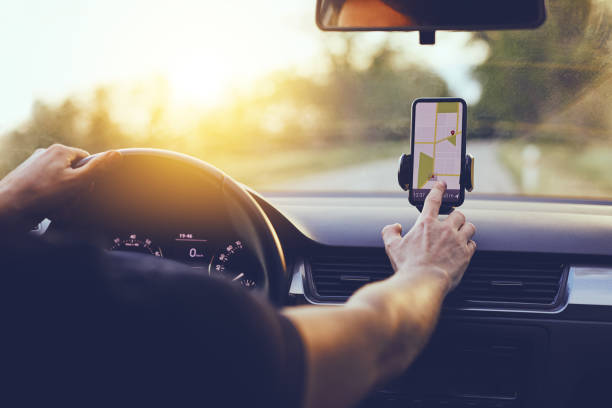
Where Smart Access Makes the Biggest Impact
The benefits of eliminating call box wait times are particularly dramatic in:
- Gated communities where high volumes of people are constantly in and out on a regular basis
- Gated apartments where parking is at a premium and residents move frequently. This eliminates the need to issue remotes or costly RFID tags and collect them at move-out
- RV parks, marinas, and campgrounds where seasonal guests need temporary access without permanent codes
- Short-term rental properties where hosts can send access links directly to guests without coordinating physical key exchanges
- Commercial buildings that benefit from streamlined visitor access without requiring staff members to constantly buzz people in
- Emergency services scenarios where faster, more reliable access can save critical time
Delivery drivers and service providers especially appreciate the speed. They can complete their deliveries and move on instead of waiting in long lines at every stop.
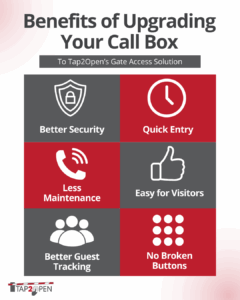
The Future of Community Access is Here
Call boxes served their purpose when landlines were standard and smartphones didn’t exist. But technology has moved beyond the limitations of these aging systems. Communities no longer need to accept the bottlenecks, maintenance headaches, and security vulnerabilities that come with traditional call box systems.
Modern access control means eliminating wait times, improving security through unique visitor tracking, and giving property managers the tools they need to manage their communities efficiently. The upgrade process is simpler than most communities expect, especially when working with systems designed to integrate with existing infrastructure.
Keep the Access Technology That Works
Communities can continue to use all of the other access control systems they currently use like barcodes, RFID tags or remotes. Tap2Open will work seamlessly with all of them. It can also be used in communities with guards to enable guests quicker entry. It can even be used in addition to a callbox to speed guest entry!.
Ready to eliminate call box wait times at your community?
Tap2Open offers a no-app smartphone solution that works with your existing gate infrastructure. Our system eliminates the pain points of traditional call boxes while enhancing security and convenience for residents and visitors.
Contact our team to learn how we can upgrade your access control system without the complexity of app downloads or expensive infrastructure replacement. Visit about.tap2open.com or call 561-740-6758 to schedule a consultation and see how quick and easy the upgrade process can be. Your residents and visitors will thank you for eliminating the wait at the gate.